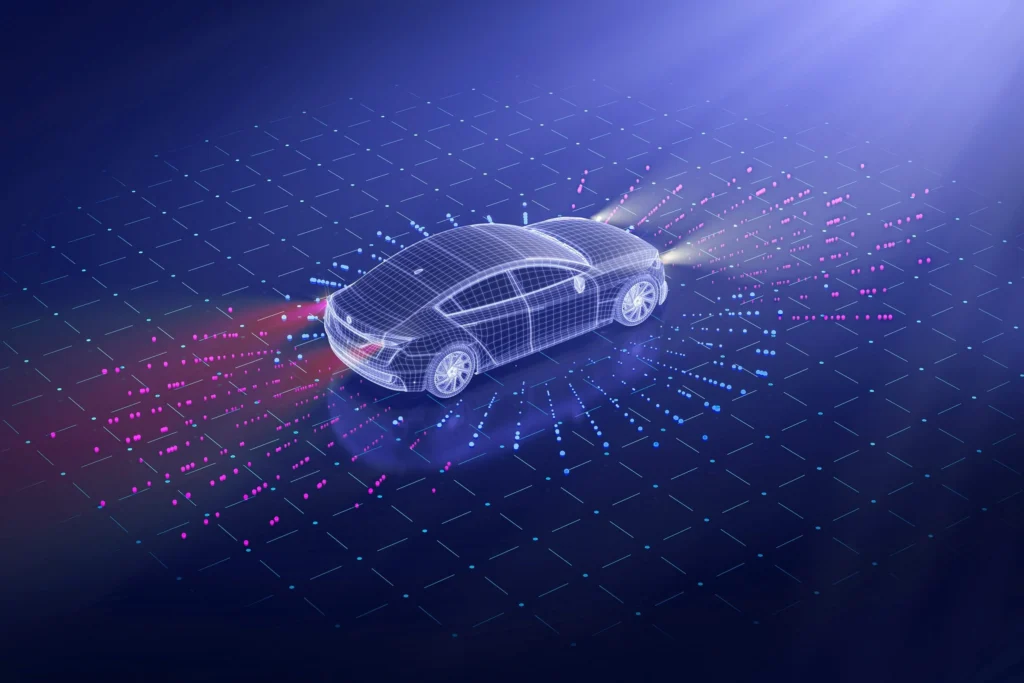Autonomous driving, also known as self-driving cars, is a revolutionary technology that is set to transform our roads in the near future. This advanced technology utilizes a combination of sensors, cameras, and artificial intelligence to navigate and operate vehicles without human intervention. The implementation of autonomous driving technology is expected to have a profound impact on various aspects of transportation, including safety, efficiency, and urban planning. As self-driving cars become more prevalent, they are poised to change the way we commute, travel, and interact with our roadways.
The emergence of autonomous driving technology has sparked curiosity and interest in the potential changes it will bring to our roads. People are eager to learn about the impact of self-driving cars on traffic congestion, the environment, and the economy. They are also intrigued by the potential implications for traditional car ownership, as well as the safety and ethical considerations associated with autonomous vehicles. Additionally, the integration of self-driving cars into existing transportation infrastructure and regulations is a topic of great interest and concern for many.
1. The Rise of Self-Driving Cars
Self-driving cars, also known as autonomous vehicles, are a revolutionary technology that is set to transform the way we travel. These vehicles are equipped with advanced sensors, cameras, and artificial intelligence systems that allow them to navigate and operate on the road without the need for human intervention. The development of self-driving cars has been a major focus for technology and automotive companies, with the potential to greatly improve road safety, reduce traffic congestion, and provide greater mobility for people with disabilities or limited access to transportation.
Companies like Google’s Waymo, Tesla, and traditional automakers like Ford and GM have been investing heavily in the research and development of self-driving technology. As the technology continues to mature, we can expect to see more self-driving cars on the roads, potentially leading to a significant shift in the way we think about transportation and urban planning.
2. Impact on Road Safety
One of the most significant potential benefits of self-driving cars is the improvement in road safety. Human error is a leading cause of car accidents, and self-driving cars have the potential to greatly reduce the number of accidents caused by factors such as distracted driving, speeding, and impaired driving. With advanced sensors and real-time data processing, self-driving cars can react to their surroundings much faster and more accurately than humans, potentially leading to a dramatic decrease in traffic accidents and fatalities.
Furthermore, self-driving cars can communicate with each other and with traffic infrastructure, leading to smoother traffic flow and reduced congestion. This interconnected system has the potential to minimize the likelihood of collisions and optimize traffic patterns, ultimately making roads safer for everyone.
3. Changes in Transportation Infrastructure
The widespread adoption of self-driving cars is expected to bring significant changes to transportation infrastructure. With the potential for more efficient traffic flow and reduced need for parking spaces in urban areas, cities may need to reevaluate and redesign their road systems and parking facilities. Additionally, self-driving cars may lead to a shift in the way public transportation is utilized, potentially impacting the demand for traditional bus and train services.
Furthermore, the development of dedicated lanes or zones for self-driving cars may become necessary to accommodate their unique needs and optimize their operation. As self-driving technology continues to advance, it will be important for city planners and policymakers to anticipate and adapt to these changes in order to create a seamless and safe transportation network for all road users.
4. Environmental Impact
Self-driving cars have the potential to have a positive impact on the environment. By optimizing driving patterns and reducing traffic congestion, self-driving cars can help minimize fuel consumption and emissions. Additionally, the rise of electric and hybrid self-driving cars can further contribute to reduced air pollution and greenhouse gas emissions, especially in urban areas where air quality is a concern.
Furthermore, the potential for shared self-driving car services can lead to a decrease in the overall number of vehicles on the road, which can further reduce the environmental impact of transportation. As self-driving technology continues to evolve, it will be important to consider the environmental benefits and challenges associated with its widespread adoption.
5. Legal and Regulatory Considerations
The introduction of self-driving cars raises complex legal and regulatory considerations. Questions about liability in the event of accidents, data privacy and security, and the ethical decision-making of self-driving cars in unavoidable collision scenarios are just a few of the issues that policymakers and legal experts are grappling with. Additionally, there is a need for standardized regulations and guidelines to ensure the safe and ethical deployment of self-driving cars on public roads.
As self-driving technology continues to advance, it will be crucial for governments to establish clear and comprehensive regulatory frameworks that address these complex issues and ensure the safe integration of self-driving cars into existing transportation systems.
6. Economic and Social Implications
The widespread adoption of self-driving cars is expected to have significant economic and social implications. The potential for increased mobility for the elderly and people with disabilities, as well as the potential for reduced transportation costs and time, can greatly impact the way we live and work. Additionally, the rise of self-driving technology may lead to job displacement in industries such as transportation and logistics, while creating new opportunities in areas such as software development and vehicle maintenance.
Furthermore, the potential for shared self-driving car services and the rise of new business models in transportation can greatly impact the automotive industry and the way people access and use transportation services. It will be important for policymakers and businesses to anticipate and address these economic and social shifts in order to ensure a smooth transition to a self-driving future.
7. Ethical Considerations
The development and deployment of self-driving cars raise important ethical considerations. One of the most pressing issues is the programming of ethical decision-making in situations where accidents are unavoidable. Questions about how self-driving cars should prioritize the safety of passengers versus pedestrians, as well as how to navigate complex moral dilemmas on the road, are at the forefront of ethical discussions surrounding self-driving technology.
Additionally, there are concerns about the potential for misuse of self-driving cars, such as hacking or malicious programming. Ensuring the ethical and responsible use of self-driving technology will be crucial as the technology continues to advance and become more integrated into our daily lives.
8. Consumer Acceptance and Adoption
Consumer acceptance and adoption of self-driving cars will play a critical role in shaping the future of transportation. Trust in the safety and reliability of self-driving technology, as well as the user experience and convenience of self-driving cars, will greatly influence their adoption. Additionally, factors such as cost, accessibility, and the availability of infrastructure and support services will also impact consumer willingness to embrace self-driving cars.
As self-driving technology continues to advance and become more accessible, it will be important for companies to prioritize transparency, education, and user experience in order to build trust and acceptance among consumers. Understanding and addressing consumer concerns and preferences will be essential in driving the widespread adoption of self-driving cars in the years to come.
| Aspect | Impact |
|---|---|
| Safety | Self-driving cars have the potential to reduce accidents caused by human error. |
| Traffic congestion | Autonomous vehicles can communicate with each other to optimize traffic flow and reduce congestion. |
| Accessibility | Self-driving cars could provide transportation options for individuals who are unable to drive themselves. |
| Urban planning | Cities may need to reevaluate parking infrastructure and road design to accommodate self-driving cars. |
Autonomous driving, or the use of self-driving cars, has the potential to significantly impact our roads and transportation systems. From improving safety and reducing traffic congestion to redefining urban planning and increasing accessibility, self-driving cars are poised to revolutionize the way we think about transportation.



